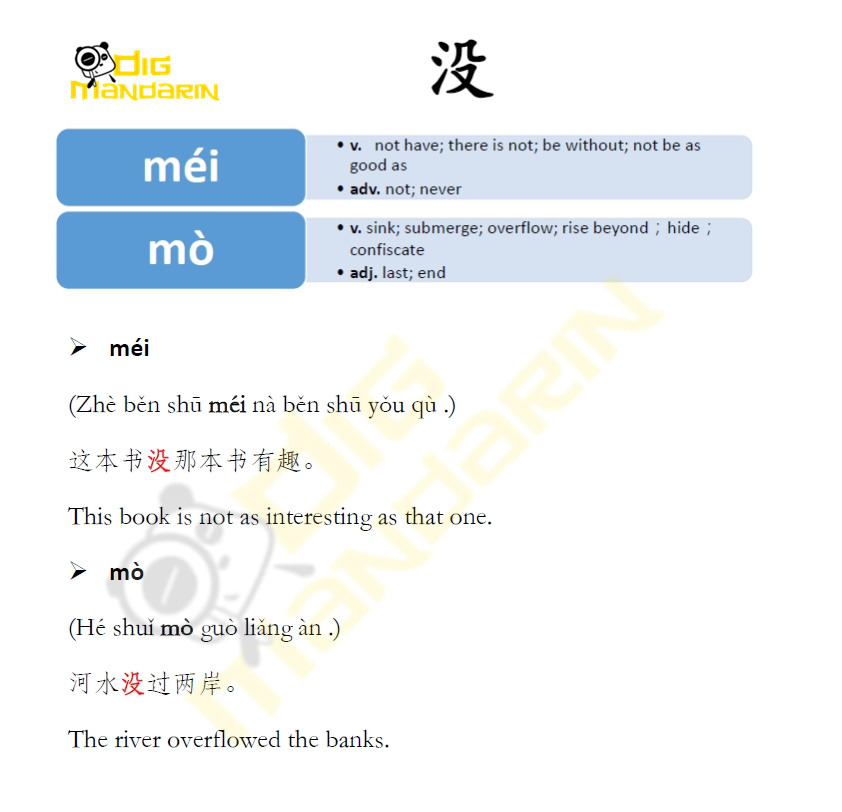

Y = or, depending on local custom Austria seems to prefer, Germany I'll try to explain the way Latin is usually pronounced in Germany using IPA: They too pronounced the chants in the German way. In Austria there is a monastery named Heiligenkreuz, and a month ago the Sunday Chant Mass was broadcast on German TV. I don't know who would enjoy hearing a performance that was that "accurate." I one heard an argument made that in Mozart's church music, it would be typical for Austrian sopranos to be taught the Italian pronunciation, but the men to be homegrown with the German accent. Of course, there is a whole academic historical component in performance circles - which (as a disclaimer) as a choral conductor in academic circles I would feel inclined to at least investigate in my prep. And they were instinctively pronouncing it with what we would call "German" Latin. I should add that German Latin is not purely historical - as I once had the opportunity to sing at Mass with an amateur church choir in Bavaria - it was the Hassler Missa Secunda I believe. For use in church, I would not concern myself with this and stick with the rules as generally given in the Liber, and other handbooks from Church sources - no matter the composer or the period. I believe there is a book - although I can't find the title right now - that describes various dialects of Latin (in theory at least). If you are not one of the people described in (6), you should probably stick to the pronunciation described in (2) whenever required to be the one pronouncing. The only people who need to know about, or have an opinion on (3), (4), and (5), already do.ħ. Among those who subscribe to the concept described in (4), there is disagreement about the particulars of (3), a problem explained in (1a) and further developed in (1b).Ħ. It is considered good form by some (but not all) for music written in Latin by Bach (and his German contemporaries) to be performed using the assumptions described in (3).ĥ. See (1a) on the danger here, and also (1b) on why it would be different than described in (2).Ĥ. It is commonly assumed (probably rightly) that German-speakers of the time of Bach were pronouncing Latin some particular way. The standard "Church Latin" pronunciation is, essentially, the way Latin was being pronounced by Italians at some particular time in the past.ģ. People in different parts of Germany TODAY pronounce their own shared, native, living language differently.Ģ.

The idea that a language was pronounced one particular way all over an Empire spanning portions of three continents is ludicrous anyway. No one REALLY knows how Latin was pronounced when it was a "living language."ġa. The present invention helps to improve the accuracy of polyphonic character pronunciation prediction, effectively avoids classification interference, and easily implements coding and decoding.The subject is something of a musicological can o' worms.ġ. The polyphonic character prediction method comprises the following steps: acquiring a polyphonic character text in a text to be predicted, and a preceding text and/or a following text of the polyphonic character text in the text to be predicted (S20) constructing one or more feature vectors corresponding to each of the polyphonic character text, the preceding text, and the following text (S30) inputting the feature vector of the preceding text, the feature vector of the polyphonic character text, and the feature vector of the following text into a polyphonic character prediction model to obtain a polyphonic character prediction result the polyphonic character prediction model comprises a first neural network module, a second neural network module, and a third neural network module the first neural network module inputs the feature vector of the preceding text and obtains a first output vector, the second neural network module inputs the feature vector of the polyphonic character text and obtains a second output vector, the third neural network module inputs the feature vector of the following text and obtains a third output vector the polyphonic character prediction result comprises a pronunciation probability of each pronunciation of a polyphonic character, which is obtained by concatenating the first output vector, the second output vector and the third output vector (S40) determining the pronunciation of the polyphonic character in the text to be predicted based on the pronunciation probability of each pronunciation of the polyphonic character (S50). Provided are a polyphonic character prediction method and a disambiguation method, apparatuses, a device, and a computer readable storage medium.


 0 kommentar(er)
0 kommentar(er)
